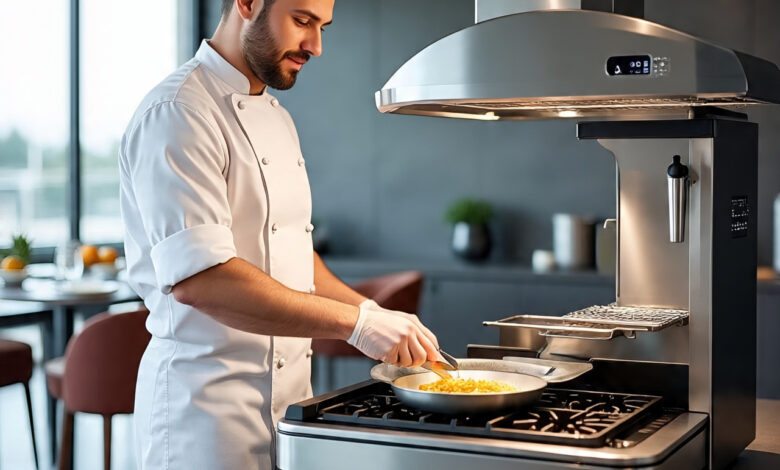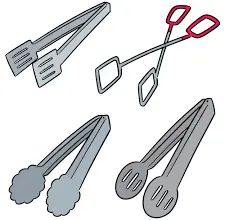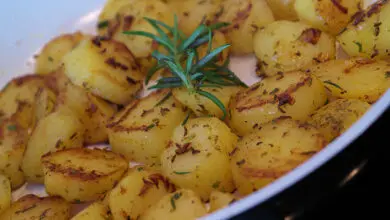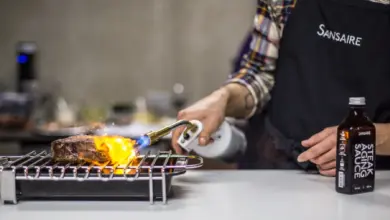How the Sous Vide Cooking Industry Is Revolutionizing Hospitality

Sous vide cooking isn’t new. It’s been used by professional chefs for decades. But what’s changing is how it’s being used across the hospitality industry – in hotels, resorts, restaurants, and even catering operations. What started as a precision technique in fine dining kitchens has now become an essential process for producing consistent, safe, and high-quality meals on scale.
Sous vide, which means “under vacuum” in French, involves sealing food in airtight bags and cooking it in water at a precisely controlled temperature. The method allows proteins, vegetables, and sauces to be cooked evenly, retaining their moisture, flavor, and nutrients. What makes it important for hospitality is not just precision but predictability. When hundreds or thousands of guests depend on uniform dining experience, control and consistency matter more than ever.
Precision Cooking Meets Business Efficiency
In hospitality, labor, quality, and speed define success. Traditional cooking methods can vary widely – different cooks, heat sources, and environments all change results. Sous vide eliminates most of that unpredictability. All portion cooks to the exact temperature set by the chef or supplier. That means no more guessing when a steak is medium-rare or whether chicken is safe to serve.
The consistency this process delivers isn’t just about taste. It saves time and resources. Kitchens that rely on sous vide can batch-cook proteins during slower hours and finish them in minutes during peak service. That’s how hotels can deliver perfectly cooked meals to hundreds of rooms or event guests without overloading their staff.
A sous vide company or sous vide manufacturer that partners with hospitality groups usually helps design pre-portioned, ready-to-finish meals. These products maintain restaurant-level quality while reducing waste and cutting labor costs. For hotels facing high turnover and staffing shortages, that’s a major advantage.
Quality That Scales
The challenge with the largest food service is maintaining flavor and texture while meeting volume demands. Over time, traditional bulk cooking leads to dry chicken, unevenly cooked steaks, or vegetables that lose their color and nutrients. Sous vide cooking avoids those problems by maintaining steady low temperatures.
Cooking food in a vacuum-sealed bag in a water bath minimizes oxidation and prevents flavor loss. The food stays sealed in its juices, ensuring a level of quality that can’t be duplicated by conventional methods. This process also allows chefs to expand menu creativity. A sous vide manufacturer like Cuisine Solutions can help develop custom items – from short ribs and salmon to risotto and desserts – that meet brand and regional standards. Hotels operating multiple locations can serve identical dishes that taste and look the same, regardless of where they’re plated.
Food Safety and Shelf Life
Food safety is a top concern in hospitality. With sous vide, food is cooked in a controlled environment, reducing the risk of contamination. The sealed bags prevent exposure to air and bacteria, and the precise temperature control ensures proper pasteurization.
Sous vide products are pasteurized during the process, allowing for longer refrigerated shelf life compared to traditional cooked food. For hotels and caterers, this means they can keep more ready-to-heat options on hand without risking spoilage. That balance between safety and convenience improves kitchen operations and lowers food waste.
Because of this, sous vide foods are common in high-volume operations – from cruise ships to event venues – where food must be prepared in advance but still meet strict quality and safety standards.
Labor Savings and Operational Control
Staffing is one of the biggest challenges for restaurants and hotels today. Training cooks, maintaining consistency, and managing overtime can strain both the kitchen and the bottom line. Sous vide reduces those pressures.
When a sous vide company provides fully or partially cooked products, kitchen teams only need to reheat and finish the meal – often in less than five minutes. This reduces the need for specialized culinary training. Even new staff can produce high-quality meals that meet guest expectations.
Hotels that use sous vide products report faster turnaround times and more predictable service windows. It also allows executive chefs to spend more time on menu innovation and presentation rather than managing prep work.
Sustainability and Waste Reduction
Hospitality groups are under growing pressure to meet sustainability goals. Sous vide supports that effort by minimizing waste and improving energy efficiency. Because each portion is vacuum sealed, there’s virtually no trimming or spoilage. Food cooks in its own juices, which means less oil and fewer disposable cooking materials.
In many operations, food waste can account for up to 10% of total costs. Sous vide minimizes that by ensuring each serving is precise. There’s no guesswork about portion sizes or cooking losses. For hotels that serve thousands of meals daily, even small reductions in waste add up quickly.
The water used in sous vide baths is typically reused and maintained at a stable temperature, reducing energy compared to conventional ovens or grills. This efficiency makes sous vide appealing not only to chefs but also to sustainability officers and procurement teams.
How Sous Vide Food Enhances the Guest Experience
Guests might not know how their meal was prepared, but they notice the result. A perfectly tender piece of chicken. Steak is cooked evenly from edge to edge. Vegetables that keep their natural color and crunch. Sous vide makes that possible every time.
In hotel restaurants and room service programs, consistency translates into trust. Guests expect the same taste whether they’re dining in New York or Tokyo. Sous vide gives brands that ability. And for events or banquets, it ensures that hundreds of plates leave the kitchen at once with identical quality.
Sous vide also opens new possibilities for personalization. With pre-cooked bases, chefs can customize finishing sauces or sides without affecting cook times. This allows hotels to cater to dietary needs or local flavors more easily.
The Future of Sous Vide in Hospitality
The sous vide cooking industry continues to expand as more operators look for reliable solutions that balance efficiency and excellence. With ongoing labor challenges, tighter food safety regulations, and a growing demand for quality at scale, sous vide has become more than a niche technique – it’s a strategic advantage.
From small boutique hotels to global resort chains, sous vide is setting a new standard for food quality, consistency, and control. The method aligns perfectly with modern hospitality goals: better experiences, lower waste, and predictable performance.
Precision cooking has moved from the back of the kitchen to the core of business strategy. And companies like Cuisine Solutions are leading that movement – helping the hospitality industry redefine what quality looks like, one perfectly cooked meal at a time.




